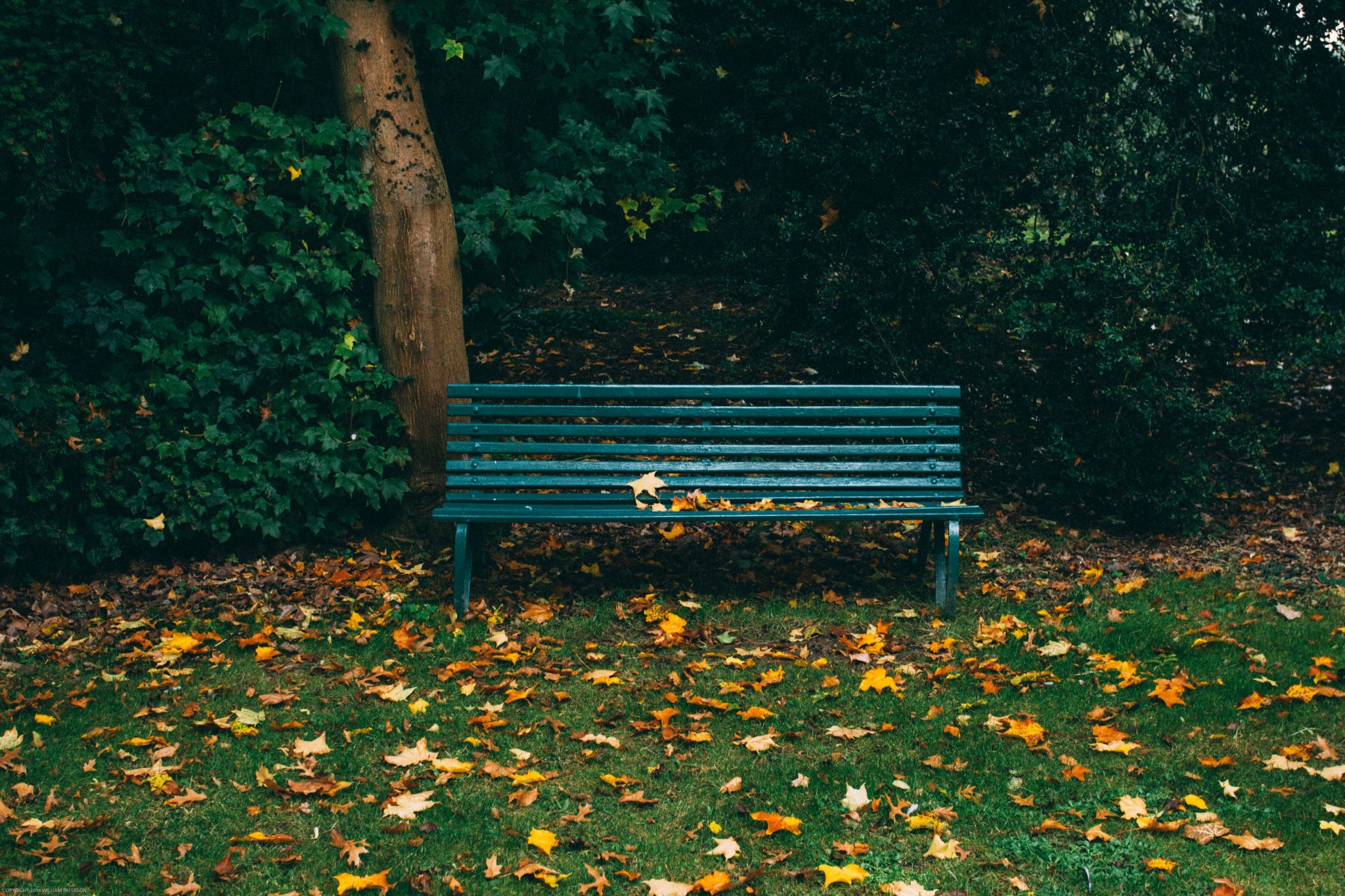Anyone who has ever stepped out into a bright ray of sunshine after being cooped up indoors can tell you about the simple restorative power of going outside. Indeed, study after study has shown that spending time outside is good for your physical and mental health.
But being outdoors is more than just a condiment to be sprinkled over the rest of our confined, indoor lives. Not spending enough time in the natural world is actively bad for your health, a phenomenon that journalist Richard Louv first described in 2005 as “nature deficit disorder.” The definition of nature deficit disorder is “a description of the human costs of alienation from nature,” according to Louv.

Though not officially recognized as a disorder by any medical establishment, the term is a useful shorthand for understanding the ramifications of life in an increasingly human-made, concrete world. Nature deficit disorder symptoms can vary dramatically. For instance, not spending enough time in nature has been linked to increased behavioral problems in children and sleep problems and mental health issues in adults.
What Causes Nature Deficit Disorder?
 Most people spend most of their days indoors: the only major study on the subject is from 2001, but researchers found that Americans spend, on average, over 90% of their lives inside. Between time for sleep and spending our days at work or school, this statistic makes sense: most people simply don’t have the time to dedicate to being outdoors.
Most people spend most of their days indoors: the only major study on the subject is from 2001, but researchers found that Americans spend, on average, over 90% of their lives inside. Between time for sleep and spending our days at work or school, this statistic makes sense: most people simply don’t have the time to dedicate to being outdoors.
This problem is exacerbated by the ways we construct our towns and cities. Green space in cities is declining globally, and is particularly hard to come by in cities with marginalized, less wealthy communities. On top of having less access to green spaces in general, children today are spending more time inside than any other generation. The advent of the internet has allowed for unprecedented access to entertainment and communication without ever having to leave our homes, and the Covid-19 pandemic and related lockdowns no doubt exacerbated this trend even further.
What are the Consequences of Nature Deficit Disorder?
Because Nature Deficit Disorder is not an official diagnosis with specific criteria, it’s impossible to separate the specific effects of isolation from nature from more general malaise. But research shows that when people go outside more, they experience lower rates of depression, attention problems, and even physical problems like shortsightedness.
Richard Lauv, the journalist who originally described the phenomenon of Nature Deficit Disorder, highlights the ways that modern devices like phones and laptops require us to ignore most of our senses to focus entirely on a screen. Spending time in the natural world, on the other hand, provides opportunities for adults and children alike to engage all of their senses while encountering mentally stimulating scenarios that are dissimilar from our day to day rituals.
Preventing Nature Deficit Disorder

As long as the norm is living in highly constructed environments with little free time to pursue leisure activities, people will continue to suffer from not spending enough time outside. Thoughtful urban planning decisions, as well as policies to better balance responsibilities and free time for the average person, are key to preventing Nature Deficit Disorder from affecting people’s mental and physical health.
When children learn to love nature from an early age, they become more likely to “opt outside” as they grow older. Educators can play a big role in developing students’ love of the outdoors by incorporating outdoor education whenever possible. Exposure to the outside during the school day is a powerful alternative to the screens and fluorescent lights that may pervade their lives elsewhere. Outdoor education is a powerful tool for preventing nature deficit disorder before it starts.
If you need ideas for getting your students outside and combating nature deficit disorder, here are an easy Five Ways to Take Learning Outside.
Image Credits: Park bench (Will Paterson on Unsplash); Girl on phone (Bruce Mars on Unsplash); Line of students (ID 15646870 (c) Anatoliy Samara | Dreamstime)


